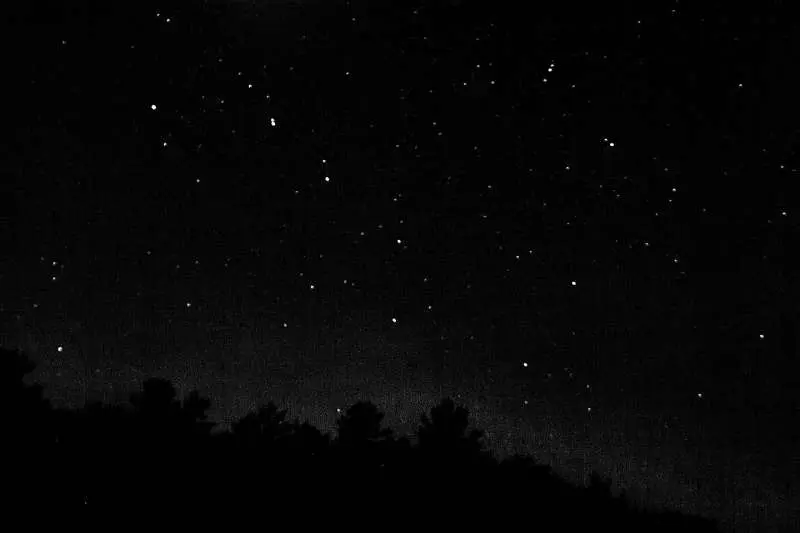Headlines abound with the news of yet another discovery of Antarctic forests, leaving scientists scrambling to explain how the South Pole could have once a suitable environment for trees.
Their answer is climate change.
They claim that some glacial ice ages have cycles with millions of years of ice-free “interglacial” time when even Antarctica was forest covered.
In the older scientific literature, fossil forests were explained by plate tectonics. This idea states that as the major continental plates slowly moved about the globe, Antarctica spent some time closer to the equator and therefore was more suitable for life.
Today, scientists haven’t abandoned plate tectonics in general, but have turned their focus to climate change because of other considerations. You see, their assumptions cause them to date some recently discovered forests to the late Permian period 250 million years ago, a time when everyone accepts that Antarctica was firmly established at the South Pole.
But how could trees survive 11 weeks of total darkness followed by weeks of relative darkness with growing twilight ending with 11 weeks of total, though not intense, sun?
Step Farther Back
Just because these tree trunks are upright and appear to be a forest, does this prove they grew where they are now buried?
We can speculate on what we think happened in the past. But if it was not observed, nor repeatable in a controlled experiment, then it must remain speculation. However, sometimes nature supplies its own experiment. Take Mount St Helens, for example.
During the 1980 eruption, huge waves, caused by a landslide rushing into Spirit Lake, uprooted and washed millions of trees into the lake. Rescue teams flying in helicopters thought the lake was gone, but it was just totally covered with floating trees. 40 years later there is still a large log mat floating on Spirit Lake, although most of the trees have sunk to the lake floor. When Dr. Steve Austin went scuba diving he discovered that many had sunk in an upright position.
If we were to drain the lake today, would we walk across the floor and say, “Wow look at all the trees, there must have been a forest here before it was a lake”?
Mount St Helens shows that uprooted trees can float for a long time. It also shows us that as trees become waterlogged they can sink upright coming to rest on the floor appearing as if that were where they grew.
Now let’s consider the flood.
First, there was an observer, God. God saw the floodwaters covering all the land under the whole sky even the highest mountains. God inspired Moses to write of the historical account in Genesis 6-8.
There were other observers, Noah and his family. They told their children and grandchildren about the flood, who in turn passed on the account to their descendants. Today there are hundreds of flood accounts from nations around the world. Of course, unlike the biblical account, as these accounts were passed from generation to generation some accuracy was lost. Yet the similarities strongly indicate that the accounts were based on a true event.
During the flood, the earth’s abundant vegetation would have been uprooted and transported in huge floating mats. These mats would have traveled the globe blown by the wind and carried by the currents. Whenever the vegetation sank, it was buried in sediment and fossilized in that location.
Fossil forests tell us where logs were buried, but not where the trees had lived. Fossil trees found in Antarctica are a memorial to the flood, not evidence of “earth’s long history of climatic change.”
The Creator God who caused the flood as a way of ridding the earth of unrepentant, sinful man also promised a stable climate of summer and winter, seedtime and harvest. We should trust God’s word, not man’s speculation.






